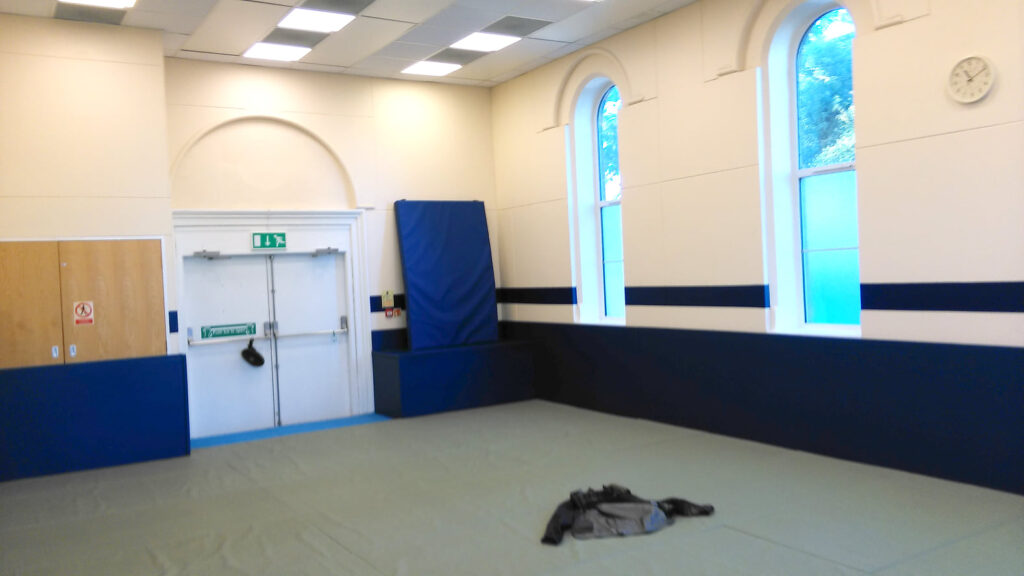In the winter of 2021, I started to plan for a return to dancing in physical contact (no social distancing) at Oxford Contact Dance. However, a new variant of Covid – the Omicron variant – stopped that. Eventually, I restarted the class and dance sessions for contact improvistion on 29 May 2022 – almost two and half years since the start of the pandemic.
By the Winter of 2021, it seemed that most people who wanted to be vaccinated against Covid-19 infection would have received their jabs. I’d also found a new venue for the classes as the University Club which we’d previously used, was unavailable. This boded well for a return to dancing contact improvisation! January is a time when people take up new interests and activities – hence it seemed a natural time to re-start indoor dancing in physical contact!
However, the rapid rise of infections with the Omicron variant of Covid and uncertainty about the return of public health measures – including social distancing, stopped a return to our normal dance style. The Government response in winter 2021 included a ‘booster’ dose of the Covid-19 vaccine which took time to deliver. It was also becoming apparent that this didn’t stop infection – for example, dance teachers who were exposed and re-exposed to the virus were reporting becoming re-infected – perhaps three times! Hence utter confusion. British Government policy of ‘living with Covid’ wasn’t helpful.
To test or not to test
The only safeguard to stop infection was to use rapid antigen tests (Lateral Flow Tests – LFTs ) to screen out infected people and prevent the spread. But does it matter if people become infected? It certainly matters to me as the dance teacher – why would I want multiple infections? The longer term health consequences were perhaps unclear at that time – and the concern remains. Besides, why would I want organise an event which spread infection? When people come to dance they don’t expect to become sick. It’s was better to organise the event to avoid this by using LFTs. That mitigated the risk.
Experience suggested that the using LFT’s was not unwelcome and indeed many people were so used to taking them that by May 2022, it was not a barrier to participation. On a simple level – if you don’t want to take a test then why would we want to dance with you? Obviously, the requirement to take a test, screens out individuals who don’t share this approach.
I offered LFTs on the door of the dance classes/dance sessions without an extra charge. About half of the attendees preferred to test at home prior to the class. Testing also generated conversations about the prevalence of covid infections. People would report members of their household were infected for example, or the length of time it took to clear the infection (up to 10 days!). Indeed at one class, a dancer tested clear/negative on the door for covid but the following day, tested positive. Yet none of the other class attendees test positive or reported an infection from the class in subsequent days. This seemed to show the value of the tests!
It was difficult deciding when to return to dancing contact improvisation. I used my intuition about changing behaviours and the level of infections. By May, it seemed about the right time.
Dancing at the dojo

My jacket and scarf included for scale! Photo December 2021.
When I started dancing contact improvisation in 2014, I would travel to London Contact Improvisation. At that time, it was based in a dojo in Dalston near Kingsland Road. The matted space which is used for Aikido and other martial arts, removes the fear of falling. Also, Aikido is cited as an influence in the development of contact improvisation.
The dojo at the South Oxford Community Centre has had another benefit for Oxford Contact Dance. There is a dance group for Five Rhythms which is based there, and some of its dancers have attended events which we’ve organised too. There is a flow of dancers from that practice it to contact improvisation – I’ve noticed this elsewhere too. Being at the same venue also helps in that cross-over.
